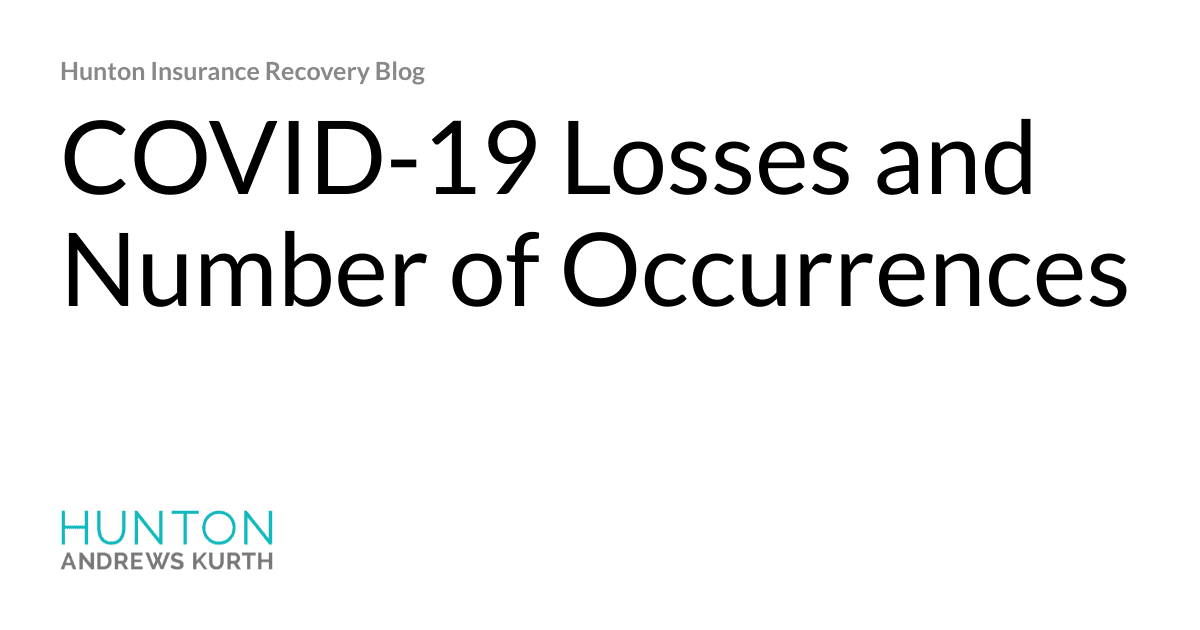COVID-19 Losses and Number of Occurrences

Recently, an Illinois federal judge ruled that where government shutdown orders due to COVID-19 in different states impacted one insured, that insured suffered separate occurrences in each effected state. Dental Experts, LLC v. Massachusetts Bay Ins. Co., No. 20 C 5887, 2022 WL 2528104 (N.D. Ill. July 7, 2022).
Dental Experts LLC and other affiliated dental practices in 10 states were forced to stop nonessential operations under various government orders connected to COVID-19.
On summary judgment, Dental Experts argued that 20 different executive orders in those 10 states amounted to 20 different occurrences. In a competing summary judgment motion, the insurer argued that all the executive orders were a single occurrence under the policy’s definition of occurrence, which defines an occurrence as “all loss or damage that is attributable to: a. An act, event, cause or series of similar, related acts, events or causes involving one or more persons; or b. An act, event, cause or series of similar, related acts, events or causes not involving any person.”
The US District Court held that the executive orders were the operative event, noting that governmental responses to the pandemic varied across different states and localities and concluding that “it was the executive orders that forced Dental Experts to close its offices, not the pandemic itself.”
Since Illinois follows the “cause test” to determine number of occurrences, the court looked to analogous cases also applying the “cause test” to determine that Dental Experts indeed suffered from multiple occurrences. These cases held that when each asserted loss results from a “separate and intervening human act,” each of those losses amounts to a separate occurrence.
The court held that here, the “separate and intervening human act” was the group of executive orders issued separately by various different state or local governmental authorities where the practices were forced to close, and Dental Experts’ losses thus qualify as multiple occurrences. However, the court also held that because “no reasonable factfinder could construe an executive order that flows from a prior order by the same authority—in other words, a subsequent executive order in the same jurisdiction that effectively served as a renewal—as a separate occurrence” that there were 10 occurrences, not 20. In other words, the insurer was liable for one executive order requiring closure for each jurisdiction where Dental Experts operates.
This opinion is significant as it is the first decision related to coverage for COVID-19 that has held that a single insured’s losses can result from more than one occurrence as it related to COVID-19. Thus, policyholders with operations in multiple states should evaluate whether their policy allows for them to claim multiple occurrences for their losses due to COVID-19 in order to ensure that they are seeking full coverage under their policy.







